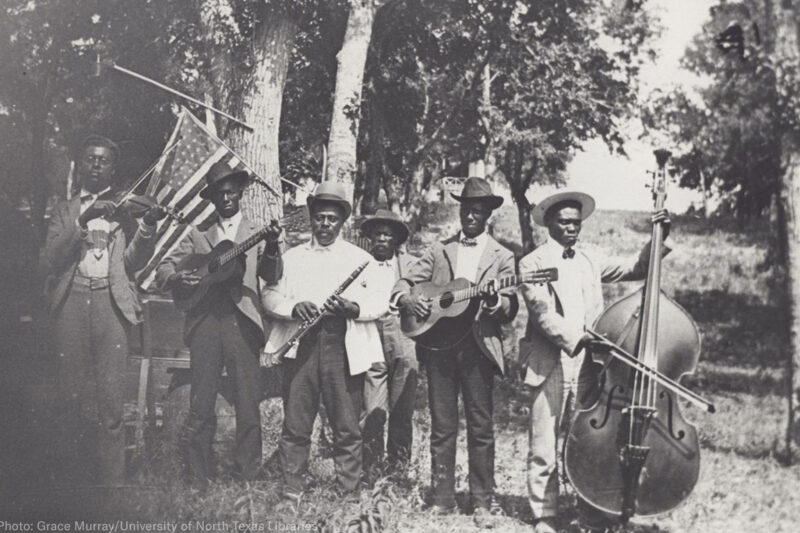
Even historians find themselves startled by the past.
My blood ran cold on a recent visit to Montgomery, Alabama. I was there to experience something that didn’t exist anywhere in America just a few months ago, but which deeply resonated with me as a Black man: a museum and memorial site dedicated to recognizing our nation’s grisly history of slavery, lynchings, and mass incarceration.
The stunning new project spearheaded by NYU Law Professor Bryan Stevenson and the Equal Justice Initiative boldly confronts the legacy of the U.S. carceral state. Upon entering a dark tunnel, holograms of enslaved Africans speak to the museum visitor from behind the bars of an early 19th-century Montgomery jail, where they awaited the auction block. Passing into the light of day, one enters a timeline chronicling U.S. racial terrorism.
This project fills a critical void given an endemic lack of knowledge in this country of systemic cycles of inequality and the erasure of history surrounding anti-Blackness. Like the Legacy Museum, Juneteenth — the nation’s biggest celebration of Black freedom, marked every year on June 19 — offers an opportunity to remember the brutalities that have been hidden in plain sight from so many Americans.
A report published earlier this year by the Southern Poverty Law Center’s Teaching Tolerance project revealed that only 8 percent of U.S. high school seniors know the Civil War occurred because of slavery. Some textbooks have softened the language about the inhumane institution. So have some of our leaders. In 2017, HUD Secretary Ben Carson publicly referenced Black people who’d been kidnapped and transported to America via the Middle Passage as “immigrants” rather than enslaved Africans.
It is this willful blindness that enables the perpetuation of slavery’s legacy. Some of our nation’s top legal minds — such as Michelle Alexander, Bryan Stevenson, and Jeff Robinson — have revealed how slavery and segregation have evolved into new methods of racial torture and alienation. The racially biased war on drugs and disparate sentencing have led to more Black people being encaged by the criminal justice system today than were ever enslaved in America. Even in liberal cities like New York City, Black people are eight times more likely to be put in handcuffs for marijuana-related charges than white people, despite studies showing that they use the substance at the same rates.
In that same city, the blood, sweat, and tears of enslaved Africans fueled economic engines of industry, where Black people constructed the “Wall” and “Street” separating the Dutch from the Native Americans. The bones of thousands of African master-builders of America remain buried below City Hall and underneath the seats of the judiciary in Lower Manhattan.
A nation can’t expect its citizens to eradicate the deeply rooted anti-Blackness that fuels racial profiling and mass incarceration if its schools won’t educate the populace about the ways that Black Americans have been institutionally dehumanized. As stated by Jeff Robinson, “The admission of the true nature of our racialized past is a necessary part of real structural change leading to racial justice.”
There is power in wrestling with history, even when it’s uncomfortable. Many Americans would be surprised to learn, for example, that slavery lingered well beyond the Emancipation Proclamation issued by President Lincoln in 1863. The first Juneteenth, the nation’s biggest celebration of Black freedom, took place when enslaved Africans in Texas found out the Civil War had ended — two and a half years after President Lincoln’s executive order had ended slavery in Texas.
As the story goes, it was June 19, 1865, when Union Major General Gordon Granger arrived in Galveston, Texas, with troops under his command. There, they found African-Americans unaware that Robert E. Lee had surrendered at Appomattox Court House on April 9, 1865. Upon learning that the Civil War had ended, the formerly enslaved community doffed their torn rags, which were reserved for the unfree. They emancipated themselves in parades of fine clothing, hats, and boots — items previously vested as symbols of whiteness and power.
Today, Juneteenth celebrations embody the spirit and memory of Jubilee in 1865. In subsequent years, Black Americans with roots in Texas and Louisiana would organize Juneteenth celebrations throughout the country, especially following the Great Migration of the 20th century, which saw Black people leaving the South and its vestiges of slavery en masse. Today, gentrification and reverse migrations back to the South have reduced these commemorations across the country. This, in turn, threatens our ability to reckon with the past.
Back in Montgomery, as I walked by moving passages by Toni Morrison in the Memorial dedicated to thousands of lynching victims, I considered the geography of the city. The bus boycott of the 1950s took place in the same streets where Black bodies had been sold up until 1865. Surely, an elder boycotting her dehumanization must have remembered the scenes of separation and the cries of children torn from their mothers on Commerce Street in Old Montgomery.
To paraphrase Audre Lorde, silence will never protect us. In these uncertain times, we must all do the work of liberation, by remembering history together in unity. Only then can we begin to repair the wrongs of the past for future generations.

